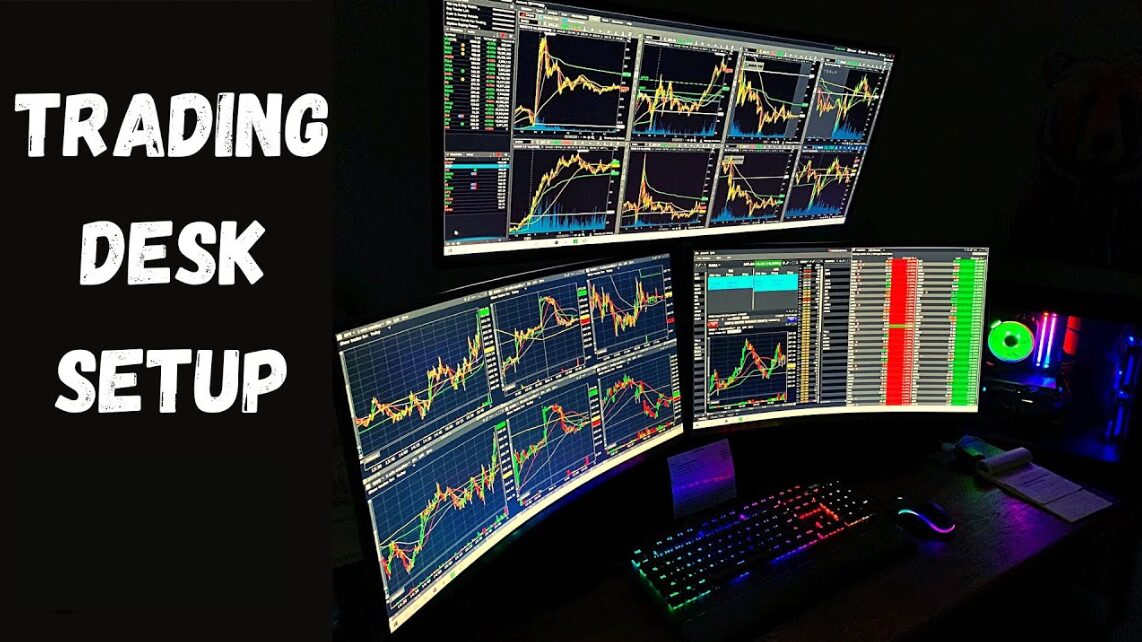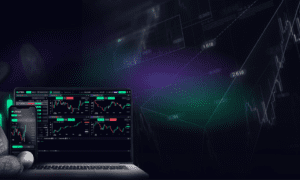In day trading, speed and precision matter. Whether you’re scalping futures, reacting to news catalysts, or executing multiple trades across various platforms, your hardware setup can directly impact your profitability. Many traders spend countless hours refining their strategy, yet overlook the role of their computer—an essential tool for executing that strategy effectively. The truth is, even the best trading edge falls apart if your system lags, freezes, or crashes when the market is moving fast.
A purpose-built day trading computer is designed to handle the unique demands of real-time market data, multiple charting windows, and heavy indicator loads. Unlike typical consumer desktops, these machines are optimized for performance, stability, and multitasking. In this post, we’ll break down why specialized trading computers are essential, what components matter most, and how to choose the right system for your style.
Why Standard PCs Fall Short
Most off-the-shelf computers are designed for general productivity, web browsing, or gaming—not real-time financial data processing. Trading platforms like Thinkorswim, NinjaTrader, and TradeStation require consistent CPU power to keep indicators, charts, and order routing systems running in sync. When volatility spikes and data updates come in milliseconds apart, a standard PC can bottleneck and freeze.
For traders managing multiple platforms or using multiple monitors, the limitations become even more obvious. Add in background processes like Zoom calls, browser tabs for news feeds, or Discord trading communities, and your system can quickly become overwhelmed. A crash or delayed signal in those moments isn’t just annoying—it’s a lost opportunity.
What Makes a Day Trading Computer Different?
A true trading pc is engineered for stability and high performance under load. It prioritizes components that directly influence responsiveness and data handling:
- Processor (CPU): Trading is largely CPU-intensive. Multi-core, high-frequency processors like AMD Ryzen or Intel i9 help process chart updates, indicators, and order flow in real time.
- Memory (RAM): 32GB of RAM (or more) ensures your system can handle multiple charts, data feeds, and platforms simultaneously without slowing down.
- Storage: Solid State Drives (SSD), especially NVMe SSDs, allow your system to boot and load platforms almost instantly. This is crucial during market opens or reboots under pressure.
- Graphics Card (GPU): While trading isn’t GPU-heavy, you need a stable card to support multiple monitors. A reliable mid-tier GPU is usually sufficient.
- Cooling and Power Supply: Trading computers often run for long hours. Efficient cooling and high-quality power supplies keep the system stable and quiet.
The Real-World Impact of Performance
Let’s say you’re monitoring five charts across multiple timeframes, each with indicators calculating in real-time. Your strategy depends on identifying a breakout pattern and submitting a market order within seconds. On a regular PC, this could mean lag, unresponsive platforms, or delayed execution.
Now compare that to a properly built trading computer. Charts update smoothly. Indicators respond instantly. You’re able to enter or exit positions at the precise moment your rules dictate—no hesitation, no delay.
That level of responsiveness can be the difference between catching a move and missing it. In high-volatility environments, it’s a measurable edge.
Multi-Monitor Setup: A Must for Active Traders
One of the most important features of a trading computer is its ability to support multiple displays. Serious traders often use 3–6 monitors to view various assets, timeframes, or data sources simultaneously. This setup allows for better situational awareness, faster decision-making, and improved risk management.
A typical office PC may struggle with more than two displays, but a trading PC is configured with video outputs and GPUs to handle expansive visual workflows effortlessly.
Day Trading Computers: Built for Traders
Day Trading Computers is one of the few providers that builds systems specifically for active traders. Their machines are assembled with high-speed processors, ample RAM, and tested under real-world trading conditions. They also provide detailed education around what components actually matter for performance—not just marketing fluff.
Whether you’re a discretionary trader or using automated strategies, their systems are built to remove hardware limitations from your trading equation. With preconfigured setups or custom builds, you can match the machine to your style and needs.
Future-Proofing Your Setup
Markets evolve, and so do trading tools. Whether you’re starting with one platform or scaling into more advanced software, it’s smart to invest in a system that won’t be obsolete in six months. Choosing a future-proof configuration with upgrade potential ensures you’re ready for new strategies, tools, or asset classes down the line.
A high-performance trading PC also retains its value longer, giving you flexibility if you later choose to resell or repurpose it.
Conclusion: Trade with Confidence, Not Compromise
Your trading setup is more than just a computer—it’s your control center. Every decision, every click, every trade flows through it. With a properly built day trading computer, you eliminate system lag, avoid crashes, and focus fully on executing your strategy.
If you’re serious about performance, don’t settle for a standard machine. Invest in a system that’s designed for the unique demands of trading. Visit Day Trading Computers to learn more about the configurations that professional traders rely on every day.



































